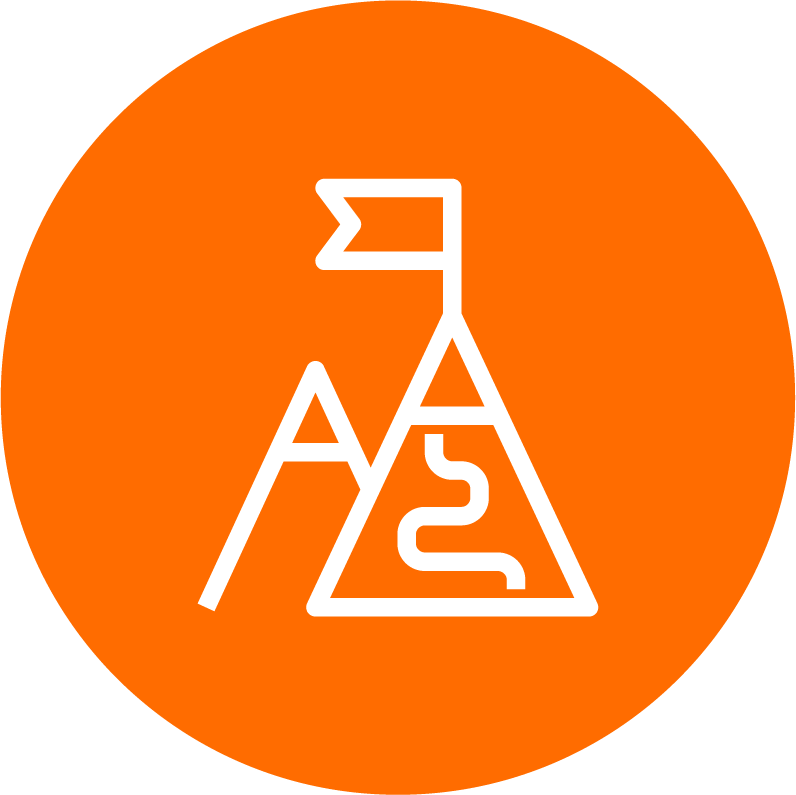Case Study
Rapid Response and Deep Dive:
University of New Mexico’s Clinical & Translational Science Center Simplifies Analytics and Accelerates Time to Insight with TriNetX Platform

Organization
University of New Mexico Health Sciences Center (HSC) and Clinical & Translational Science Center (CTSC)

Challenges
Overcoming the restrictions of current analytical technologies that slow down research projects

Solution
Leveraging the power
of the TriNetX platform

Results
The UNM HSC and CTSC teams were able to simplify the analytics process to obtain important insights much easier and faster than with other existing technologies
The CTSC found that the time and effort needed to acquire and analyze vast amounts of data presented a roadblock for researchers. They chose to partner with TriNetX to enhance their research efforts, simplify their analytics process, and accelerate time to insight.
Grappling with existing analytics technology
“Some of the challenges with existing platforms included slowness to respond to queries, taking a long time to build assets, and delays in running analytics,” continued Dr. Argyropoulos. “They couldn’t make enough compute resources available to our investigators to do their work.”
Dr. Argyropoulos and his team needed a better analytics platform to effectively pursue their work in areas such as measuring gene expression with sequencing methodologies, analyzing electronic health records focusing on manifestations related to kidney disease and diabetes and kidney transplant work.
TriNetX platform provides the solution
“I knew the TriNetX platform was being used here to identify participants for clinical trials,” he said. “But I was not aware that TriNetX was also working in the area of analytics. This was a very pleasant surprise. It’s great to have a platform that allows you to get a quick look at the data and then provides detailed exploration using either your own compute tools or additional tools that the platform provides.
This is really the major challenge that TriNetX solved with a wonderful, easy to use, and intuitive exploration platform.”
Dr. Argyropoulos was also impressed with the support from the TriNetX team, answering questions about the data download process and ways to approach projects involving large datasets.
“What we found in TriNetX is a partner that made it easy to obtain, explore, and analyze data, and then quickly move to insights,” he said.
“Our previous experience on a similar project with an analysis of 20 million records exploring a kidney specific condition took three or four years to complete. Compared to three months, the difference with TriNetX is like night and day.”
“These studies provided a complementary view of some single center studies that were being conducted,” said Dr. Argyropoulos. “We were able to provide a much broader look using many more patients. We did that very quickly using the TriNetX interface. We considered this a great success in that we asked the question and received a quick answer. We plan on leveraging the experience with the COVID research to other questions that are more relevant to the practice of kidney medicine. The COVID projects were instrumental in telling us we could get quick answers even in a field where we have very little subject matter expertise.”
Using TriNetX to identify clinical trial participants
“We have shared this experience with other clinical and translational research centers around the U.S. and everybody was floored,” he continued. “They were amazed and didn’t realize that this capability from TriNetX was available.”
Simplifying analytics with LUCID
“LUCID is certainly the right path to address many of the limitations of existing analytic platforms,” said
Dr. Argyropoulos. “Especially for many organizations that don’t have the necessary compute resources and can’t justify the expense to obtain them. Even for those of us who have our own servers and loads of memory, it’s nice not to have to deploy them yourself. Avoiding the tedious task of setting up huge databases locally and doing the cleanup addresses many headaches and leaves the local compute capacity available for smaller, more exotic and esoteric projects. I’m optimistic about the utility of the LUCID platform.”
“The TriNetX team is great to work with,” he concluded. “They make it easy to accomplish what we need.”
About The University of New Mexico’s Health Sciences Center
UNM Health providers specialize in over 150 areas of medicine and employ over 7,000 professionals. Together, we receive 900,000 outpatient visits, 22,000 surgical cases and 100,000 emergency room visits each year.
For more information, visit https://hsc.unm.edu/
About UNM’s Clinical Translational Science Center
For more information, visit https://hsc.unm.edu/ctsc/

